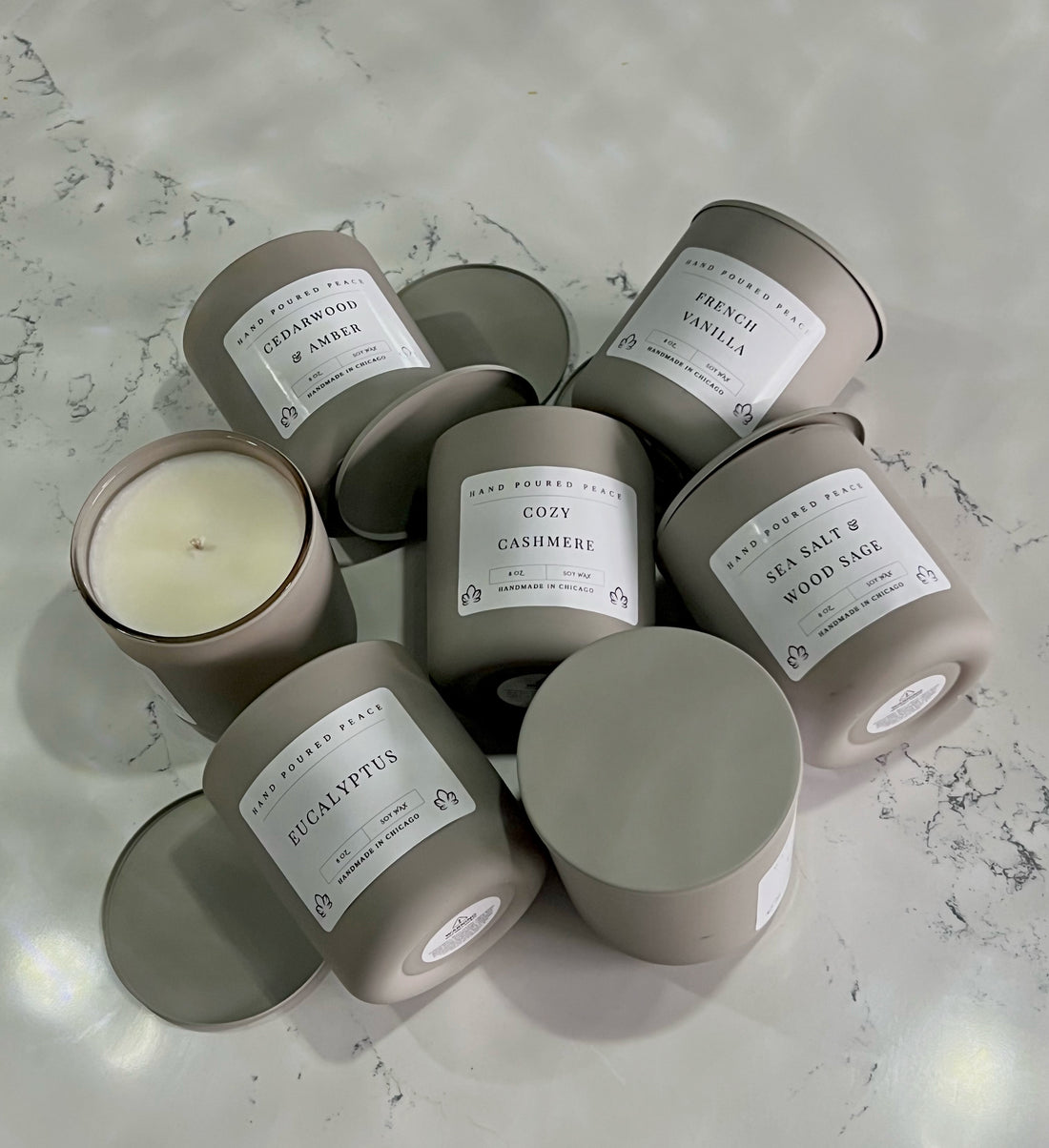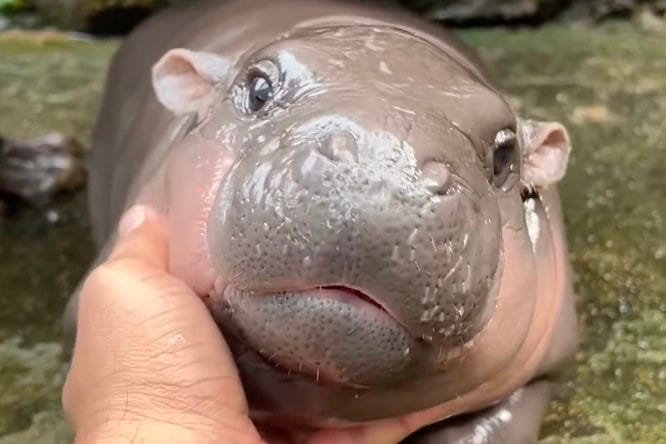How do Oysters make Pearl

The Irritant's Entrance
The journey of pearl formation begins with an unexpected invasion. An irritant, such as a food particle or a parasite, slips between the shells of an oyster or other mollusk and lodges into its mantle. This foreign substance causes the oyster's natural defense mechanism to kick in, setting off a chain reaction that will ultimately lead to the creation of a lustrous pearl.
The Oyster's Response
When the irritant settles into the oyster's mantle, it triggers a response to protect its soft body tissue. The oyster secretes layers of a substance called nacre, also known as mother-of-pearl, around the foreign particle. This process is a natural defense mechanism to isolate the irritant and prevent it from causing further harm.
The Birth of a Pearl
As the layers of nacre build up, a pearl begins to form. The oyster continues to secrete layers of nacre around the irritant, gradually increasing the size of the pearl. This process can take years, with the oyster meticulously crafting a protective coating around the foreign substance. The resulting pearl is a testament to the oyster's remarkable ability to transform an irritant into a thing of beauty.
The Nacre's Role
The mystical process of oyster pearl formation is a testament to nature's ingenuity, and at the heart of this marvel lies the humble nacre. But what exactly is nacre, and how does it contribute to the creation of these luminous gems?
The Oyster's Defense Mechanism
When an irritant, such as a grain of sand or a parasite, finds its way into the oyster's shell, the mantle responds by secreting a substance called nacre around the foreign entity. This initial layer of nacre serves as a protective barrier, shielding the oyster's delicate tissues from the irritant's potential harm.
A Composite of Wonders
Nacre is a remarkable composite of aragonite, a mineral form of calcium carbonate, and conchiolin, a protein. This unique blend of materials builds up in layers over time, gradually encasing the irritant in a cocoon of shimmering nacre. As the layers accumulate, the nacre's thickness and density increase, ultimately giving rise to the pearl's characteristic luster and durability.
Pearl Formation
The Layered Process of Pearl Creation
As the layers of nacre build up, a pearl is formed. This natural process occurs within the oyster's shell, where layers of nacre, a substance composed of calcium carbonate and protein, are deposited around an irritant, such as a grain of sand or a parasite.
A Natural Defense Mechanism
The pearl is a natural defense mechanism that protects the oyster from the irritant. The layers of nacre serve to coat and encase the irritant, preventing it from causing further discomfort or damage to the oyster's soft body tissue.
The Science Behind Pearl Formation
The process of pearl formation is a complex one, involving the coordinated effort of multiple cells and tissues within the oyster's body. The irritant, once inside the shell, triggers a response from the oyster's immune system, which sends cells to the site to begin the process of coating the irritant with layers of nacre.
The Result: A Lustrous Gemstone
Over time, the layers of nacre build up, and a pearl is formed. The pearl's luster and color are determined by the type of oyster, the location, and the length of time the pearl is allowed to form. The result is a unique and valuable gemstone, prized for its beauty and rarity.
Harvesting Pearls
Pearl harvesting is a delicate process that requires great care to avoid harming the oyster. This process typically occurs every 2-5 years, depending on the type of oyster and the size of the pearl.
The Harvesting Process
Pearls are harvested from oysters through a careful process that does not harm the oyster. The oysters are first carefully removed from the water and cleaned to prevent any dirt or debris from entering the shell.
Post-Harvesting Process
The pearls are then cleaned, sorted, and drilled to create jewelry items. The cleaning process involves gently washing the pearls in a mild soap solution to remove any remaining dirt or tissue. The pearls are then sorted by size, shape, color, and quality before being drilled for use in jewelry.
Types of Pearls
Oysters are incredibly diverse, and their pearls reflect this diversity. The type of pearl produced depends on the specific species of oyster and the environment it inhabits. Let's delve into the fascinating world of pearl varieties.
Pearl Colors
Oysters produce a stunning array of pearl colors, each with its unique characteristics. The most common colors include:
- White pearls: Symbolizing purity and innocence, white pearls are the most traditional and sought-after color.
- Black pearls: Also known as Tahitian pearls, these rare gems have a mysterious allure and are highly prized.
- Gray pearls: Gray pearls offer a sophisticated and versatile choice, suitable for both modern and classic designs.
- Red pearls: With their deep, rich hue, red pearls are highly coveted for their rarity and beauty.
- Blue pearls: Blue pearls are among the rarest and most valuable, with an enchanting oceanic essence.
- Green pearls: Green pearls, with their soft, natural glow, are highly sought after for their unique charm.
Factors Influencing Pearl Quality
The quality and color of a pearl depend on various factors, including:
- Oyster species: Different species produce distinct pearl colors and qualities.
- Environment: Water temperature, salinity, and nutrient availability impact pearl formation.
- Diet: The oyster's diet influences the pearl's color and luster.
- Age: Older oysters tend to produce higher-quality pearls.

















Comments ()